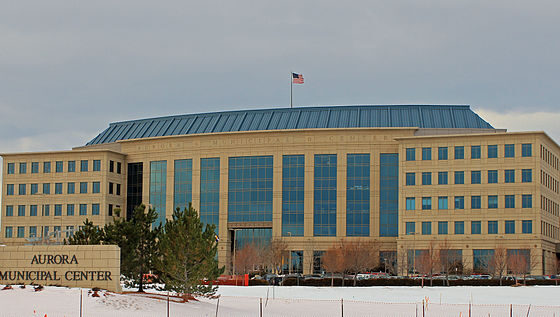After over a month of bombarding the Gaza Strip and two weeks after launching a ground invasion on Oct. 27, Israeli forces have reached Gaza City, the population center of northern Gaza. As of Nov. 10, Israeli forces have killed over 11,200 Palestinians in Gaza, including 4,600 children.
The Israeli invasion comes after Hamas’ attacks into southern Israel killed 1,200 Israelis on Oct. 7, according to a statement last weekend by Israeli spokesperson Lior Haiat which lowered the estimated Israeli death count from the original figure of 1,400.
Originally home to over 1 million people, many Palestinians living in Northern Gaza have attempted to evacuate to the south in search of safety since the Israeli military issued an evacuation order on Oct. 13. Despite security assurances, Southern Gaza has not been much safer for civilians. Israeli airstrikes have repeatedly targeted areas south of the demarcation point of Wadi Gaza, hitting schools, homes and refugee camps in Khan Younis, Rafah and Abasan al-Kabira.
“They told us the south was safe,” Hattab Wahdan, a Palestinian man originally from the northern city of Beit Hannoun who sought safety in Khan Younis, told Reuters. “We found things the same. Death is everywhere.”
Many civilians in Northern Gaza are unable or unwilling to evacuate, including thousands of patients trapped in Gaza City hospitals. Several hospitals, including al-Shifa and al-Quds, ran out of fuel last weekend, cutting off incubators and crippling healthcare and rescue operations. At least 32 patients, including three infants, have died in al-Shifa as a result of lack of fuel, and at least 650 patients remain trapped in the building, which has been surrounded by Israeli troops as they continue the ground assault in the Shati neighborhood of Gaza City.
“The situation on the ground is impossible to describe,” said World Health Organization (WHO) Director-General Tedros Adhanom Ghebreyesus in a Nov. 10 speech to the UN Security Council. “Hospital corridors crammed with the injured, the sick, the dying; morgues overflowing; surgery without anesthesia; tens of thousands of displaced people sheltering at hospitals.”
The Israeli military said that it delivered 300 liters of fuel to al-Shifa, but was rejected by Hamas; hospital director Mohammed Abu Salmiya Hamas refuted this, saying his staff couldn’t retrieve the fuel due to the presence of Israeli tanks.
Marwan Abu Saada, who is a surgeon at al-Shifa, told BBC that the hospital needed at least 10,000 liters of fuel to operate at full capacity for one day. 300 liters, he said, would have powered operations for “30 minutes.”
The IDF has also claimed that Hamas is operating a “command center” under al-Shifa, but no evidence to substantiate this claim has been provided as of Monday night.
Doctors working at al-Shifa have vehemently denied any Hamas presence in the hospital, and BBC correspondent Rushdi Abualouf said he “had never seen any military capability inside the hospital,” according to BBC.
According to the UN, Israel also targeted al-Shifa, al-Sweidi and al-Mahdi hospitals, as well as United Nations Development Program (UNDP) offices and a United Nations Relief and Works Agency (UNRWA) school, in airstrikes on Gaza City over the weekend.
The WHO Director-General, who grew up in Asmara, Eritrea during the Eritrean War of Independence, spoke on humanitarian concerns in a recent address, calling for a ceasefire.
“The children and parents of Gaza and Israel want and need the same thing that my family wanted and needed: peace and security,” Ghebreyesus told the Security Council. “One more ask for today is a ceasefire and a path towards peace.”











